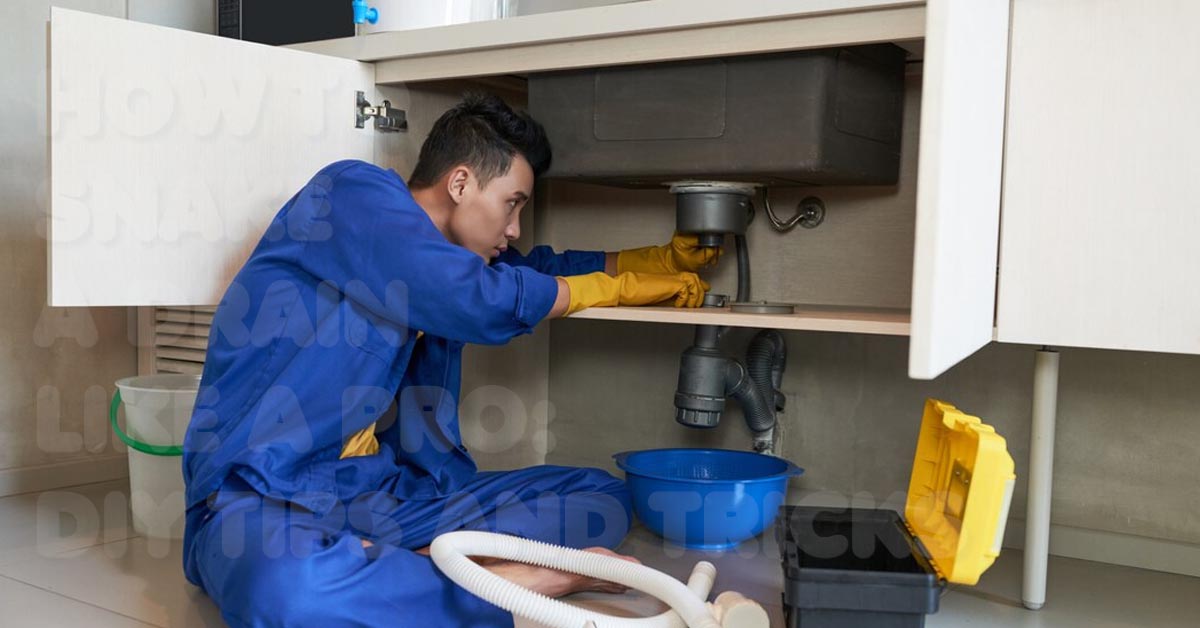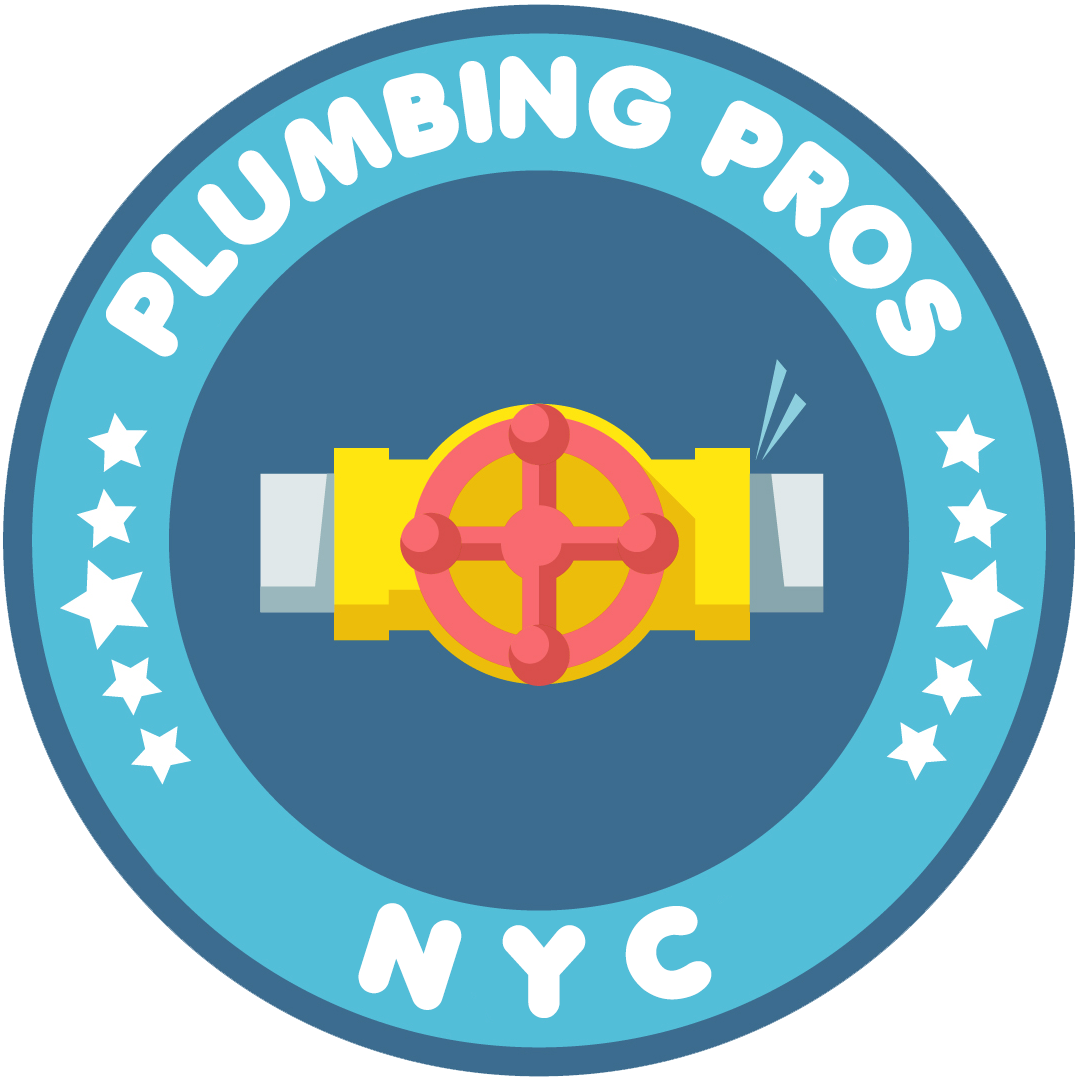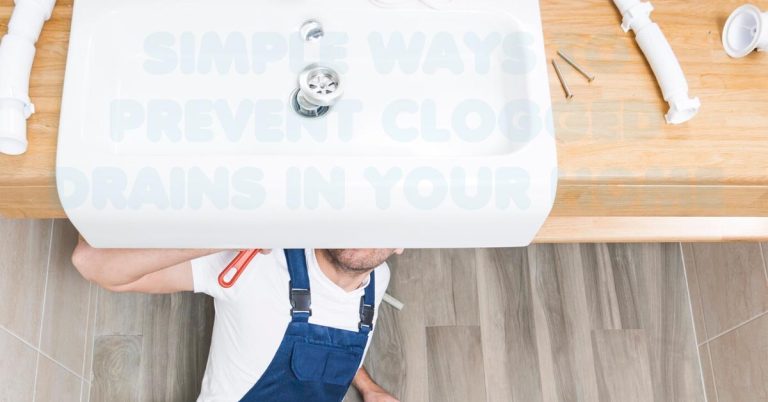How to Snake a Drain Like a Pro: DIY Tips and Tricks

Is your sink, shower, or bathtub draining slowly or wholly clogged? While chemical drain cleaners can damage pipes, and plungers may not always work, using a drain snake (also known as a plumber’s auger) is a safe and effective solution. Snaking a drain can clear stubborn clogs without expensive plumbing services.
This comprehensive guide will show you how to snake a drain like a pro with DIY tips and tricks. Whether dealing with a clogged kitchen sink, a slow bathtub drain, or a backed-up toilet, you’ll learn how to use a drain snake effectively and safely.
However, if the clog persists or becomes more complicated, NYC 24/7 Plumbing Pros is here to help. Call us at (332) 233-7070 for fast and reliable drain cleaning services.
Table of Contents
What is a Drain Snake?
Before you get started, it’s essential to understand what a drain snake is and how it works. Knowing the different types of drain snakes helps you choose the right one for the job.
What is a Drain Snake?
A drain snake, a plumber’s auger, is a flexible, coiled metal cable with a corkscrew-like end designed to break up and remove clogs from drains and pipes. It’s a versatile tool that can navigate bends and curves in plumbing systems, making it ideal for clearing stubborn blockages.
Types of Drain Snakes
- Handheld Drain Snake: This is ideal for minor clogs in sinks, bathtubs, and showers. It’s manually operated by turning a handle.
- Toilet Auger: Specifically designed for toilets with a protective sleeve to prevent porcelain scratching.
- Electric Drain Snake: Powered by electricity, it’s more powerful and effective for heavy-duty clogs but requires more experience to use safely.
- Drum Auger: This device contains a long cable wound inside a drum and is suitable for medium to large clogs in sinks, tubs, and showers.
Pro Tip: Choose the correct type of drain snake based on the location and severity of the clog.
When Should You Use a Drain Snake?
Knowing when to use a drain snake helps you choose the right solution for your plumbing problem. Here are common scenarios where a drain snake is the most effective tool:
Slow or Clogged Drains
If water is draining slowly or not at all in sinks, bathtubs, or showers, a drain snake can effectively remove hair, soap scum, and debris causing the clog.
Recurring Clogs
If you’ve tried using a plunger or chemical drain cleaner, but the clog keeps coming back; a drain snake can reach deeper into the pipes to remove the blockage.
Foul Odors from Drains
Unpleasant odors from drains are often caused by trapped food particles, grease, or debris. Snaking the drain helps remove the buildup, eliminating the odor.
Backed-Up Toilets
A toilet auger is specifically designed to remove clogs in toilets caused by paper, waste, or foreign objects.
Pro Tip: If multiple drains are clogged simultaneously, it may indicate a main sewer line blockage. In this case, call a professional plumber.
Tools and Materials You’ll Need
Before you begin, gather the following tools and materials to make the process easier:
- Drain Snake (Plumber’s Auger): Choose the right type based on the clogged drain.
- Bucket and Towels: To catch water and debris during the process.
- Rubber Gloves: To protect your hands from dirt and bacteria.
- Flashlight: To inspect the drain and locate the clog.
- Pipe Wrench (Optional): For removing and reattaching the drain trap.
- Plunger (Optional): Loosen the clog before using the drain snake.
Pro Tip: Always wear protective gloves and old clothing, as drain cleaning can get messy.
Step-by-Step Guide to Snaking a Drain
1. Prepare the Area and Tools
- Clear the Area: Remove any items around the sink, bathtub, or toilet.
- Put on Protective Gear: Wear rubber gloves and old clothing to protect yourself from dirt and bacteria.
- Place a Bucket Under the Drain: Position a bucket under the drain or P-trap to catch water and debris.
Why It Works: Preparing the area prevents messes and ensures a smooth, hassle-free process.
Pro Tip: Have towels or rags nearby to clean up any spills.
2. Remove the Drain Cover or Stopper
- Sink or Tub Drain: Use a screwdriver to remove the drain cover or lift out the stopper.
- Shower Drain: If the drain cover is secured with screws, remove them before lifting the cover.
- Toilet: If snaking a toilet, removing the drain cover is unnecessary. Use a toilet auger instead.
Why It Works: Removing the drain cover provides direct access to the clog, allowing the Snake to reach deeper into the pipes.
Pro Tip: Clean the drain opening to remove visible debris before snaking.
3. Insert the Drain Snake
- Feed the Snake into the Drain: Slowly insert the snake into the drain, pushing it in as far as it will go without forcing it.
- Rotate the Handle: Turn the handle clockwise to navigate the Snake through bends and curves in the pipe.
- Feel for Resistance: When you feel resistance, it means you’ve reached the clog.
Why It Works: Rotating the handle helps the Snake move smoothly through the pipes and latch onto the clog.
Pro Tip: Be gentle and avoid using excessive force to prevent damaging the pipes.
4. Break Up or Retrieve the Clog
- Break Up the Clog: Continue rotating the handle to break up the clog into smaller pieces.
- Pull Out the Clog: Slowly pull the Snake out, bringing the clog.
- Repeat if Necessary: If water still drains slowly, repeat the process until the clog is completely removed.
Why It Works: The corkscrew end of the Snake latches onto hair and debris, allowing you to pull it out of the drain.
Pro Tip: Have a bucket nearby to dispose of the debris.
5. Flush the Drain with Hot Water
- Boil Water: Boil a pot of water on the stove.
- Pour Down the Drain: Slowly pour the boiling water to remove any remaining residue.
- Test the Drain: Turn on the faucet to ensure the water drains quickly and smoothly.
Why It Works: Hot water melts grease and soap scum, clearing away any leftover debris.
Pro Tip: Use this method monthly to prevent future clogs.
When to Call a Professional Plumber
While snaking a drain is adequate for most clogs, there are times when you should call a professional:
- Persistent Clogs: If the drain remains slow after multiple attempts, the clog may be more profound in the plumbing system.
- Multiple Clogged Drains: This could indicate a blockage in the main sewer line.
- Water Backups: If water backs up into other fixtures, it shows a severe blockage.
- Foul Odors: Persistent foul odors may indicate a sewer line issue.
NYC 24/7 Plumbing Pros offers expert drain cleaning services in Manhattan. Call us at (332) 233-7070 for fast and reliable assistance.
Snaking a drain is a simple and effective way to clear clogs without the need for harsh chemicals or expensive tools. With the proper techniques and patience, you can restore normal water flow and save money on plumbing services.
However, if the clog persists or involves multiple drains, don’t hesitate to contact NYC’s 24/7 Plumbing Pros.
- Call us today at (332) 233-7070 or visit nycplumbingpros.com to schedule a service.






